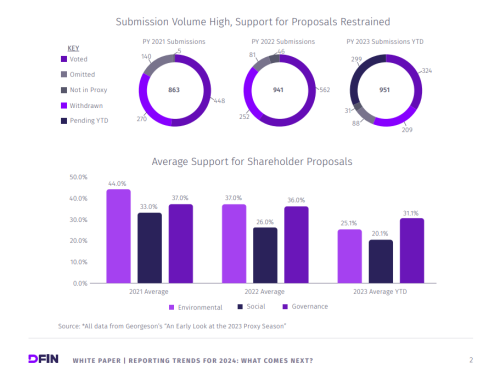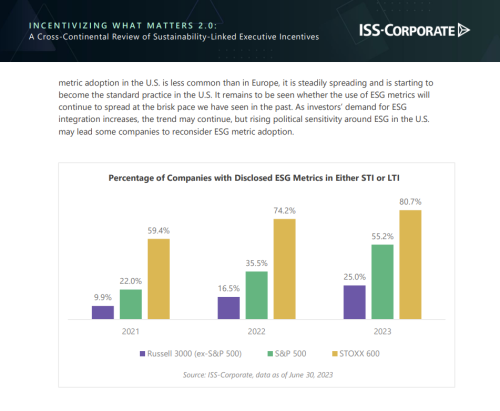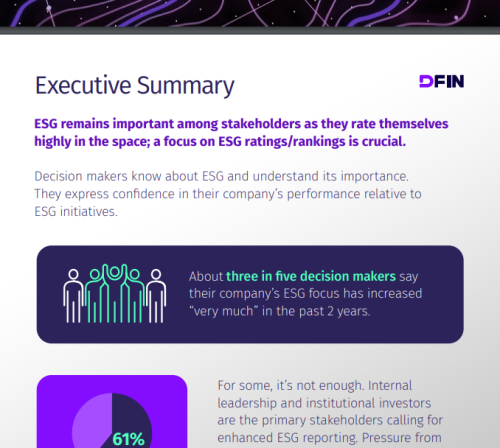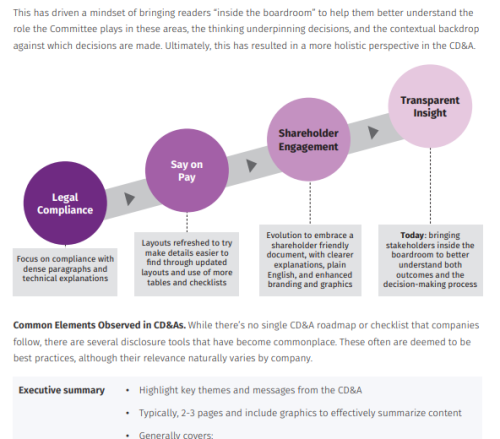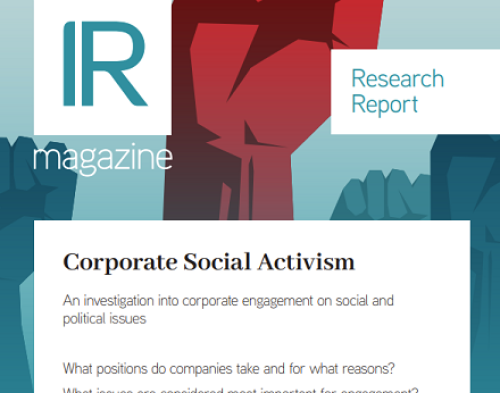Switching to the NYSE
Viacom's Sumner Redstone was doused in green goo in a specially built 'slimatorium'. Joseph Nacchio of Qwest was the first in the new millennium to ring the opening bell. And Bowne & Co's Robert Johnson drove golf balls down Broad Street. However they marked the occasion, these CEOs were all undergoing the same rite of passage: switching to the New York Stock Exchange. The CEOs were evidently thrilled, and so is the Big Board. It could not claim a record number of transfers from the Nasdaq
You need to register to access 3 free deep dive articles per month. To continue reading please register or login below..
- Unlimited deep dives
- Data-driven research around key topics
- Buy-side insights
- Benchmarking reports
From
$1495


